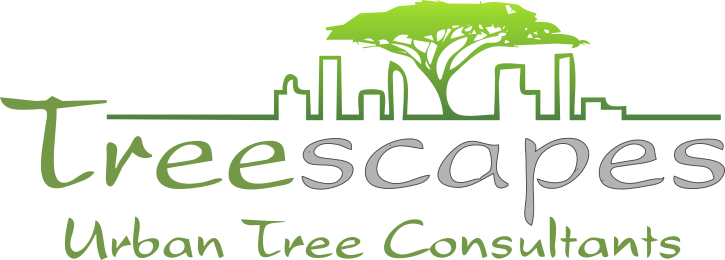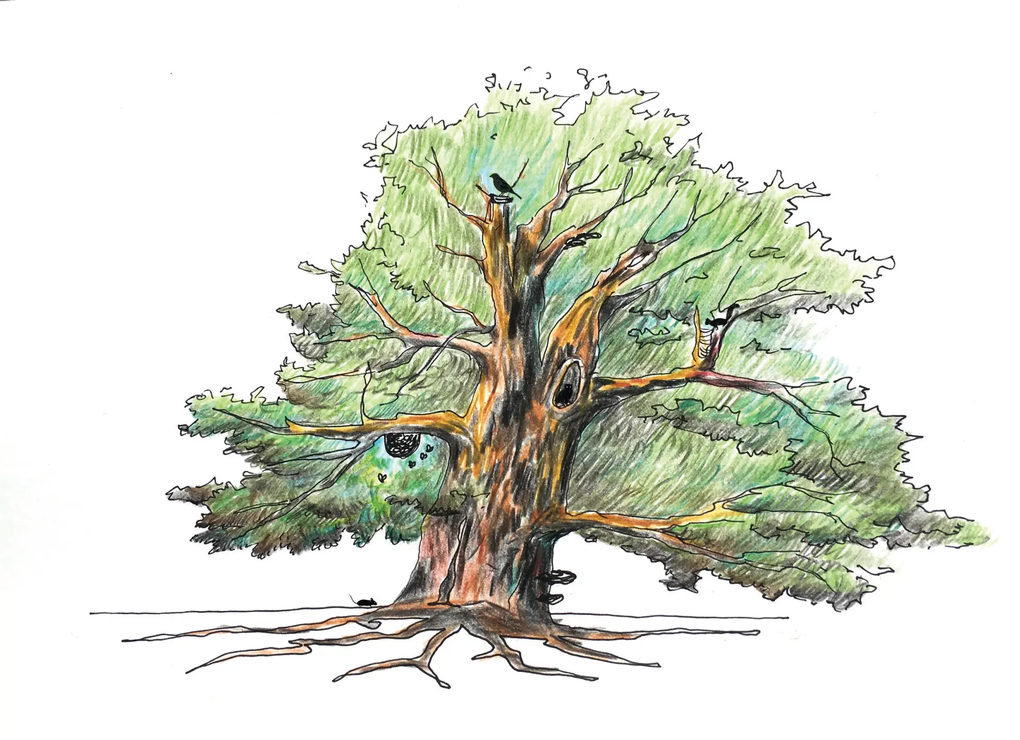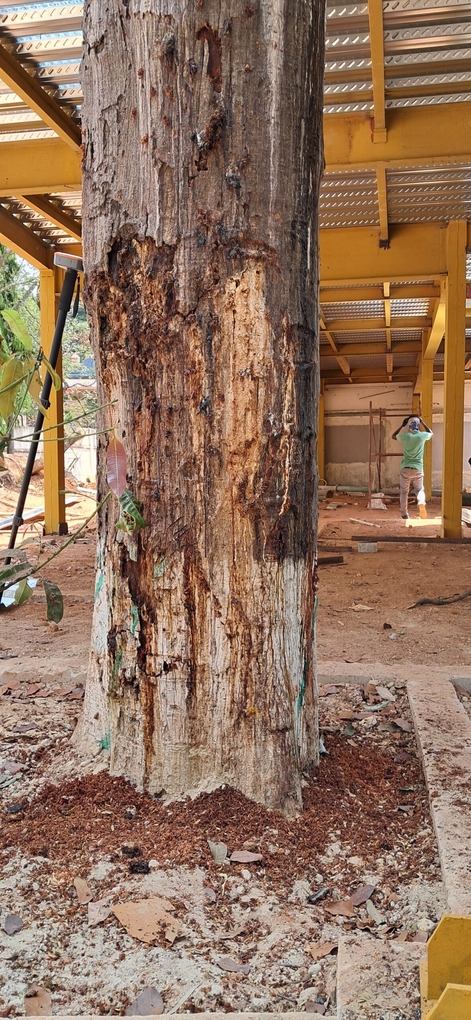I have started to upload the arboriculture related courses, that I was teaching at the Auroville Botanical Gardens, to Udemy to make them more accessible to people. It is part of the series to learn about different aspects of arboriculture for aspiring arborists.
There is currently a free course called “What is a tree?” and a paid one on urban tree planting (urban because I believe it to be the hardest place to plant trees). Please take a look, if it interests, and give me some feedback and ratings. Thank you
Follow the links below to enroll in the courses
What is a Tree?
A short course exploring what makes a tree a tree — ideal for beginners and tree professionals alike.
View CourseIf you don’t want to use Udemy, you can still watch the full “What is a tree?” video on the website:






